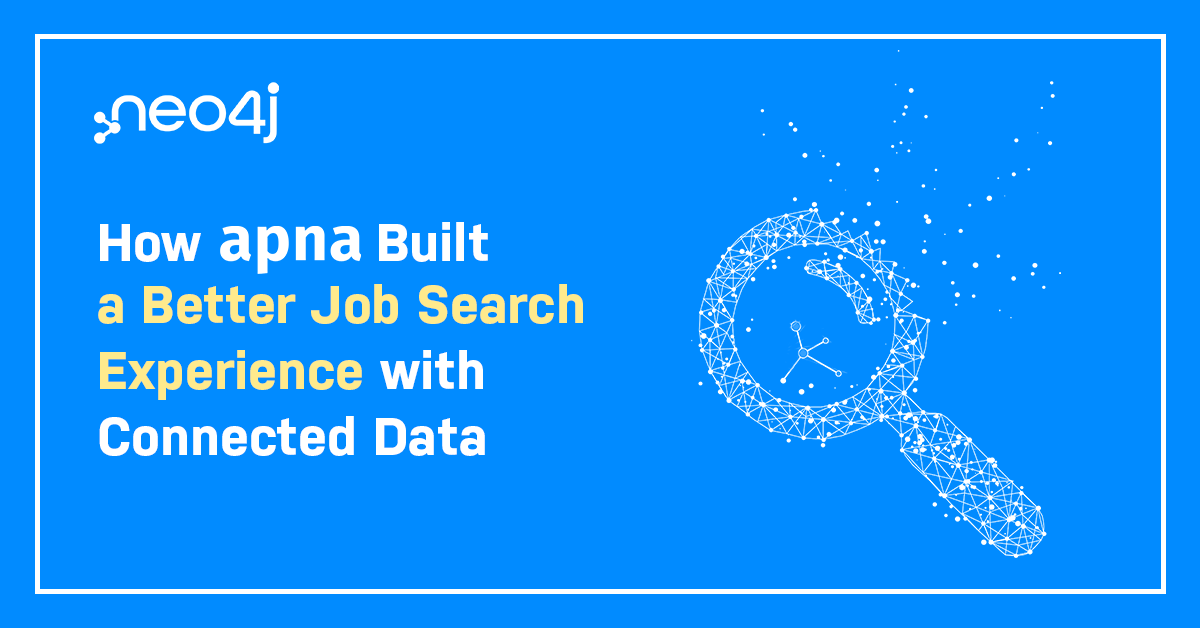The 5-Minute Interview: Ivan Portilla, IT Architect at IBM

Editor-in-Chief, Neo4j
2 min read
For this week’s 5-Minute Interview, I spoke with Ivan Portilla, IT Architect at IBM. I sat down with Ivan at GraphConnect Europe.
Here’s what we talked about:
How Neo4j was used in the WayBlazer project?
Ivan: Neo4j was the key technology in a proof of concept (POC) we performed last year with WayBlazer, an IBM business partner. WayBlazer did this POC with a large international hotel chain.
We were their solutions provider for cloud hosting services, and WayBlazer used Neo4j for their recommendation engine. This was the first time I had ever worked with graph databases, and I was happy to learn more about it and start working with the technology.
What did you find most interesting about Neo4j when you first were learning about it?
 Ivan: The most interesting thing about Neo4j was how the WayBlazer team had implemented it in a microservices architecture. They used Docker containers, and it was very well-documented and constructed to interact with the other components of the architecture. They used a typical three-layer architecture — a presentation layer, the engine and the backend, which was Neo4j.
Ivan: The most interesting thing about Neo4j was how the WayBlazer team had implemented it in a microservices architecture. They used Docker containers, and it was very well-documented and constructed to interact with the other components of the architecture. They used a typical three-layer architecture — a presentation layer, the engine and the backend, which was Neo4j.
What were some of the most surprising or interesting things you’ve learned working with both IBM Watson and Neo4j?
Ivan: The synergy between the two technologies is remarkable. Our cognitive computing tool Watson understands human language and has the ability to both reason and learn. Because of this, the more you use the technology, the better the answers you receive. Using Watson in conjunction with a graph database like Neo4j really complements its cognitive computer architecture.
Knowing all that you know about Neo4j today, if you could go back, is there anything you would do differently?
Ivan: We’re really excited about Neo4j 3.0, which has a lot of things that weren’t available in the 2.0 versions. I wish the same level of performance and scalability available now were available when we first started our project so that we didn’t have to invest so many resources in infrastructure. I think that’s one of the key differences between Neo4j 3.0 and the version we’d been using.
Want to share about your Neo4j project in a future 5-Minute Interview? Drop us a line at content@neotechnology.com
Ready to learn more about Neo4j and the power of graph databases for cognitive computing applications? Click below to get started with the Introduction to Graph Databases online training course.








